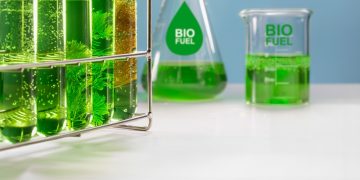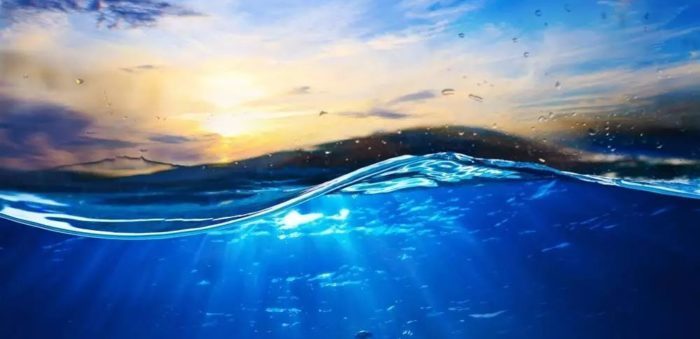A large team of scientists, equipped with advanced underwater robotics and two research vessels, will set sail for the northeastern Pacific Ocean this August. NASA and the National Science Foundation (NSF) will study the lifecycle of small organisms that play a critical role in removing carbon dioxide from the atmosphere and in the ocean’s carbon cycle.
Export Processes in the Ocean from Remote Sensing (EXPORTS) is the first coordinated multidisciplinary science campaign of its kind to study the carbon cycle impacts of microscopic plankton using two research vessels and several underwater robotic platforms.
[smlsubform prepend=”GET THE SAFETY4SEA IN YOUR INBOX!” showname=false emailtxt=”” emailholder=”Enter your email address” showsubmit=true submittxt=”Submit” jsthanks=false thankyou=”Thank you for subscribing to our mailing list”]
The research vessels, the R/V Revelle and R/V Sally Ride will sail west 200 miles into the open ocean. From these seaborne laboratories, researchers will analyze the plankton, as well as the chemical and physical properties of the ocean from the surface to half a mile below into the twilight zone.
Phytoplankton are tiny, plant-like organisms that live in the sunlit upper ocean. They use sunlight and dissolved carbon dioxide to grow through photosynthesis. Phytoplankton play an important role in removing atmospheric carbon dioxide and producing oxygen.
EXPORTS team will investigating how much carbon moves through the ocean within the upper sunlit layer and into the twilight zone and how ocean processes affect carbon fate. This data is needed to forecast how much carbon will cycle back into the atmosphere, or how much carbon is exported to ocean depths.
David Siegel, EXPORTS science lead from the University of California, Santa Barbara, said:
We’ve designed EXPORTS to observe simultaneously the three basic mechanisms by which carbon is exported from the upper ocean to depth. We’re trying to better understand the biology and ecology of phytoplankton in the surface water, how those characteristics drive the transport of carbon to the twilight zone, and then what happens to the carbon in the deeper water.
Using a 6.5 foot-long (2 meter-long) remote-controlled underwater vehicle called the Seaglider, the team will gather data, while on board the ship, samples will be collected for genomic sequencers to assess the composition of the phytoplankton, zooplankton, bacterial and archaeal communities.
Moreover, the ships will have optical instruments to measure the ocean’s color at very high spectral resolution, from the ultraviolet wavelengths to the shortwave infrared bands of the electromagnetic spectrum.
Phytoplankton have distinct signatures, which are colors of light they absorb and scatter. By identifying those signatures scientists will be able to develop algorithms for future satellite ocean color missions such.































































